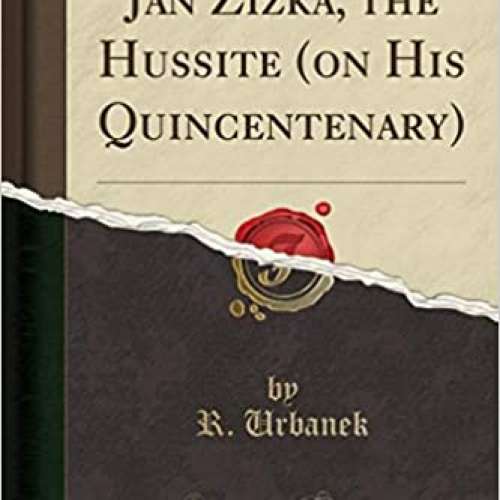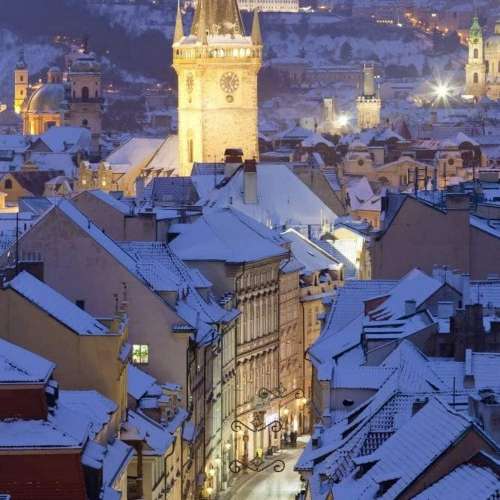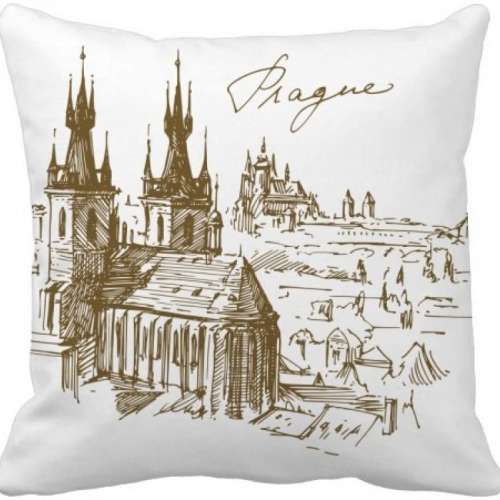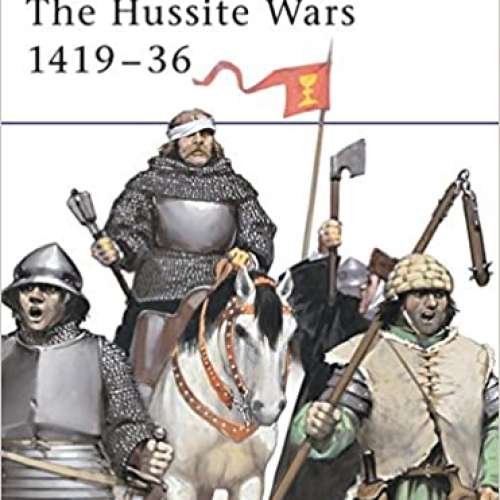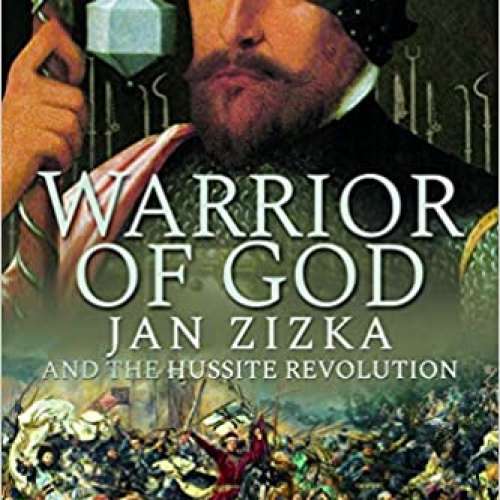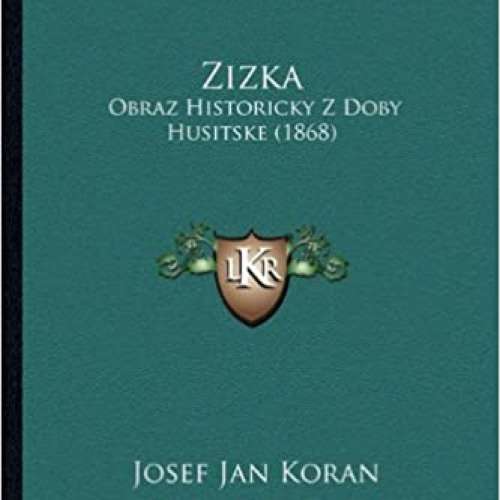

Jan Žižka (1360-1424)
As long as it is, there is a chance of an agreement.
Jan Žižka z Trocnova a Kalicha was a Czech general, a contemporary and follower of Jan Hus, Hussite military leader, and later also a Radical Hussite who led the Taborites. Žižka is held to be one of the most renowned military leaders by many historians and today he is widely considered a Czech national hero.
He was born in the small village of Trocnov now part of Borovany in the Kingdom of Bohemia into an aristocratic family. He was nicknamed "One-eyed Žižka". From his youth, he was attached to the royal court and held the office of Chamberlain to Queen Sofia of Bavaria.
He fought in the Battle of Grunwald July 15, 1410, where he defended Radzyń against the Teutonic Order. Later he played a prominent role in the civil wars in Bohemia during the reign of Wenceslas IV. Žižka's tactics were unorthodox and innovative. In addition to training and equipping his army according to their abilities, he used armored wagons fitted with small cannons and muskets, anticipating the tank of five hundred years later. He knew how to exploit geographic features to the full, and maintain discipline in his armies.
In the Battle of Kutná Hora 1421 he defeated the army of the Holy Roman Empire and Hungary. The effectiveness of field artillery against the royal cavalry in the battle turned field artillery into a firm part of Hussite armies.
Žižka is considered to be among the greatest military leaders and innovators of all time. His accomplishments in this regard are especially unique and noteworthy as he had to quickly train peasants to repeatedly face highly trained and armored opponents who usually severely outnumbered his own troops, and for this, some have considered him to be the one of the greatest generals in history.
A monument was erected on the Vítkov Hill in Prague to honor Jan Žižka and his victory on this hill in 1420. It is the third largest bronze equestrian statue in the world.
Grunwald
Žižka was on the winning side of the Battle of Grunwald, also called the 1st Battle of Tannenberg, one of the largest battles in Medieval Europe. It was fought on July 15, 1410, during the Polish–Lithuanian–Teutonic War. The alliance of the Kingdom of Poland and the Grand Duchy of Lithuania, led respectively by King of Poland Władysław Jagiełło and Grand Duke Vytautas Witold, decisively defeated the Teutonic Knights, led by Grand Master Ulrich von Jungingen. Most of the Teutonic Knights' leadership were killed or taken prisoner. The Knights never recovered their former power and the financial burden of war reparations caused internal conflicts and an economic downturn in their lands. The battle shifted the balance of power in Eastern Europe.
Rise to prominence
Žižka was the military leader of the Hussites in the Hussite Wars. The Hussites were a proto-Protestant, Christian movement following the teachings of Czech priest, philosopher, reformer, and master at Charles University in Prague, Jan Hus c. 1369–1415. On November 13, 1419 a temporary armistice was concluded between the partisans of King Sigismund, the last Emperor of the House of Luxemburg and the citizens of Prague. Žižka disapproved of this compromise and left Prague for Plzeň, one of the richest cities of the kingdom with his followers, but soon left that city.

On March 25, 1420 he defeated the partisans of Sigismund at Sudoměř, the first pitched battle of the Hussite wars. He later arrived at Tábor, the then-recently established stronghold of the Hussite movement. The ecclesiastical organization of Tabor had a somewhat puritanical character with a very strict military discipline being instituted though the government was established on a thoroughly democratic basis. Žižka took a large part in the organization of the new military community and became one of the four captains of the people hejtman who were at its head.
Wagenburg tactics
Žižka helped develop tactics of using wagon forts, called vozová hradba in Czech or Wagenburg by the Germans, as mobile fortifications. When the Hussite army faced a numerically superior opponent they prepared carts for the battle by forming them into squares or circles. The carts were joined wheel to wheel by chains and positioned aslant, with their corners attached to each other, so that horses could be harnessed to them quickly, if necessary. In front of this wall of carts a ditch was dug by camp followers. The crew of each cart consisted of 16–22 soldiers: 4–8 crossbowmen, 2 handgunners, 6–8 soldiers equipped with pikes or flails the flail was the Hussite "national weapon", 2 shield carriers and 2 drivers.
The Hussites' battle consisted of two stages, the first defensive, the second an offensive counterattack. In the first stage the army placed the carts near the enemy army and by means of artillery fire provoked the enemy into battle. The artillery would usually inflict heavy casualties at close range.

In order to avoid more losses, the enemy knights finally attacked. Then the infantry hidden behind the carts used firearms and crossbows to ward off the attack, weakening the enemy. The shooters aimed first at the horses, depriving the cavalry of its main advantage. Many of the knights died as their horses were shot and they fell.
As soon as the enemy's morale was lowered, the second stage, an offensive counterattack, began. The infantry and the cavalry burst out from behind the carts striking violently at the enemy, mostly from the flanks. While fighting on the flanks and being shelled from the carts the enemy was not able to put up much resistance. They were forced to withdraw, leaving behind dismounted knights in heavy armor who were unable to escape the battlefield. The enemy armies suffered heavy losses and the Hussites soon had the reputation of not taking captives.
Gunpowder weapons
The Hussite wars also marked the earliest successful use of pistols on the battlefield and Žižka was an innovator in the use of gunpowder. He was the first European commander to maneuver on the field with cannon of medium caliber mounted on carts in between the wagons. The Czechs called the handgun a píšťala, and anti-infantry field guns houfnice, from which the English words "pistol" and "howitzer" have been derived. The Germans had just started corning gunpowder, making it suitable for use in smaller, tactical weapons. A musketeer on an open field armed with only a single-shot weapon was no match for a charging knight on a horse; however, from behind a castle wall, or from within the enclosure of the wagenburg, massed and disciplined gunmen could use the handgun to its greatest potential. From his experiences at the Battle of Grunwald, Žižka knew exactly how his enemies would attack, and he found new ways to defeat forces numerically superior to his own.
Hussite Crusades
The Hussite Wars were fought to win recognition of faith of the Hussites, the forerunners of the Protestant Reformation, and though predominantly a religious movement, it was also propelled by social issues and strengthened Czech national awareness. The Catholic Church deemed Hus's teachings heretical. He was excommunicated in 1411, condemned by the Council of Constance, and burned at the stake in 1415. The wars proper began in July 1419, with the First Defenestration of Prague, when protesting Hussites threw the town councillors and the judge out the windows of the New Town Hall. It has been reputed that King Wenceslaus IV was so stunned by the defenestration that he died from the shock shortly afterward on 16 August 1419. This led to the armed conflict in which Žižka would earn his fame.
The first anti-Hussite crusade
King Sigismund was king of Hungary but only the titular king of Bohemia. Sigismund had acquired a claim on the Bohemian crown, though it was then in question and remained so till much later whether Bohemia was a hereditary or an elective monarchy, especially as the line through which Sigismund claimed the throne had accepted that the Kingdom of Bohemia was an elective monarchy elected by the nobles, and thus the regent of the kingdom Čeněk of Wartenberg also explicitly stated that Sigismund had not been elected as reason for Sigismund's claim to not be accepted. A firm adherent of the Church of Rome, Sigismund was successful in obtaining aid from Pope Martin V, who issued a bull on 17 March 1420 which proclaimed a crusade “for the destruction of the John Wycliffe, Hussites and all other heretics in Bohemia". Sigismund and many German princes arrived before the walls of Prague on June 30 at the head of a vast army of crusaders from all parts of Europe, largely consisting of adventurers attracted by the possibility of pillage. They immediately began a siege of the city and Žižka was compelled to defend the Kingdom. He was a pragmatist in developing his military strategy. His army consisted of farmers and peasants, lacking both the funds and equipment to be classic soldiers with sword, horse and armor, so Žižka used their farmers' skills to boost their military efficiency. He adapted the tools of agriculture into the tools of war. The agricultural flail was transformed into the flail.

Menaced by Sigismund, the citizens of Prague entreated the Taborites for assistance. Led by Žižka and their other captains, the Taborites set out to take part in the defence of the capital. At Prague, Žižka and his men took up a strong position on the hill just outside the city known as the Vítkov, now in Žižkov, a district of Prague named after the battle in his honour. On July 14 the armies of Sigismund made a general attack. A strong German Crusader-led force assaulted the position on the Vítkov, the stronghold that secured the Hussite communications with the open country. Thanks to Žižka's personal leadership, the attack was thrown back and the forces of Sigismund abandoned the siege. On August 22 the Taborites left Prague and returned to Tábor. Though Sigismund had retired from Prague, the castles of Vyšehrad and Hradčany remained in possession of his troops. The citizens of Prague laid siege to the Vyšehrad see Battle of Vyšehrad, and towards the end of October the garrison was on the point of capitulating through famine. Sigismund attempted to relieve the fortress, but was decisively defeated by the Hussites on November 1 near the village of Pankrác. The castles of Vyšehrad and Hradčany now capitulated, and shortly afterwards almost all Bohemia fell into the hands of the Hussites.
Žižka now engaged in constant warfare with the partisans of Sigismund, particularly with the powerful Romanist, Oldřich II of Rožmberk. Through this struggle, the Hussites obtained possession of the greater part of Bohemia from Sigismund. It was proposed to elect the Grand Duke of Lithuania Vytautas to the throne. However, the estates of Bohemia and Moravia met at Čáslav on June 1, 1421 and decided to appoint a provisional government, consisting of twenty members chosen from all the political and religious parties of the country. Žižka, who took part in the deliberations at Čáslav, was elected as one of the two representatives of Tábor.

Žižka summarily suppressed some disturbances on the part of a fanatical sect called the Adamites. He then continued his campaigns against the Romanists and the adherents of Sigismund, and having captured and rebuilt a small castle near Litoměřice Leitmeritz he retained possession of it, the only reward for his great services that he ever received or claimed. According to the Hussite custom he gave the Biblical name of Chalice Kalich in Czech to this new possession, and henceforth adopted the signature of Žižka of the Chalice. Jan Žižka did not capture any more properties for himself during the Hussite Wars. This fact was unusual for the time and distinguished Žižka from his contemporaries.
Later that year he was severely wounded while besieging the castle of Rábí, and lost the use of his remaining eye. Though now totally blind, he continued to command the armies of Tábor.
The second anti-Hussite crusade
At the end of 1421, Sigismund, again attempted to subdue Bohemia and gained possession of the important town of Kutná Hora. The mainly German citizens of the city killed a few of the Hussites in the town and closed the city to Žižka, whose armies were camped outside the city walls. Sigismund's armies arrived and surrounded the Hussites. Žižka was at the head of the united armies of Tábor and Prague and though trapped managed to execute what some historians call the first mobile artillery manoeuver in history. Žižka broke through the enemy lines and retreated to Kolín, but having received reinforcements he attacked and defeated Sigismund's unsuspecting army at the village of Nebovidy between Kolín and Kutná Hora on January 6, 1422. Sigismund lost 12,000 men and only escaped himself by rapid flight. Sigismund's forces made a last stand at Německý Brod Deutschbrod on 10 January, but the city was stormed by the Czechs, and contrary to Žižka's orders, its defenders were put to the sword.
Civil war
Early in 1423, internal dissent among the Hussites led to civil war. Žižka, as leader of the Taborites, defeated the men of Prague and the Utraquist nobles at Hořice on April 20. Shortly afterwards came news that a new crusade against Bohemia was being prepared. This induced the Hussites to conclude an armistice at Konopiště on June 24. As soon as the crusaders had dispersed, internal dissent broke out anew. During his temporary rule over Bohemia, Prince Sigismund Korybut of Lithuania had appointed Bořek, the lord of Miletínek, governor of the city of Hradec Králové. Bořek belonged to a moderate Hussite faction, the Utraquist party. After the departure of Sigismund Korybut, the city of Hradec Králové refused to recognize Bořek as its ruler, due to the democratic party gaining the upper hand. They called Žižka to its aid. He acceded to the demand and defeated the Utraquists under Bořek at the farm of Strachov, near the city of Hradec Králové on August 4, 1423.

Žižka now attempted to invade Hungary, which was under the rule of his old enemy King Sigismund. Though this Hungarian campaign was unsuccessful owing to the great superiority of the Hungarians, it ranks among the greatest military exploits of Žižka, on account of the skill he displayed in retreat. In 1424, civil war having again broken out in Bohemia, Žižka decisively defeated the "Praguers" and Utraquist nobles at Skalice on January 6, and at Malešov on June 7. In September, he marched on Prague. On the 14th of that month, peace was concluded between the Hussite parties through the influence of John of Rokycany, afterwards Utraquist archbishop of Prague. It was agreed that the now reunited Hussites should attack Moravia, part of which was still held by Sigismund's partisans, and that Žižka should be the leader in this campaign. However, he died of the plague at Přibyslav on October 11, 1424 on the Moravian frontier. According to chronicler Piccolomini, Žižka's dying wish was to have his skin used to make drums so that he might continue to lead his troops even after death. Žižka was so well regarded that when he died, his soldiers called themselves the Orphans sirotci because they felt like they had lost their father. His enemies said that "The one whom no mortal hand could destroy was extinguished by the finger of God."
He was succeeded by Prokop the Great.
In popular culture
Žižka appears as one of the main characters in the Armed Garden graphic novella The Armed Garden and Other Stories by David B. He is the hero of a novel by George Sand, of a German epic by Meissner, and of a Bohemian tragedy by Alois Jirásek.
Jan Žižka is a central figure of the "Hussite Revolutionary Trilogy" directed by Otakar Vávra. The films starred Zdeněk Štěpánek as Žižka. It consists of Jan Hus, Jan Žižka and Against All. Jan Žižka appeared in a 1960 Polish film Knights of the Teutonic Order. He is played by Tadeusz Schmidt. In 1968 Czechoslovak film Na Žižkově válečném voze, Žižka was played by Ilja Prachař.
A film Jan Žižka is currently in works by director Petr Jákl. It will follow Jan Žižka during his youth. It is expected to be released in 2021 and will be the most expensive Czech film.
Jan Žižka is one of the main characters in the manga "Dívčí Válka" also known as "Otome Sensou" or "Battle of the Maidens", drawn and written by artist Kouichi Ohnishi.
World War I
Early in 1917 was created 3rd Czechoslovak Rifle Regiment of the Czechoslovak legions in Russia and named after "Jan Žižka z Trocnova".
World War II
During WWII a number of military units were named after Jan Žižka. One of them, the 1st Czechoslovak Partisan Brigade of Jan Žižka was among the first anti-Nazi guerrilla units in occupied Czechoslovakia. A Yugoslav partisan brigade of the same name was formed in western Slavonia on 26 October 1943 and operated in areas inhabited by a large Czech and Slovak minority.
Sources
- Count Lützow, The Hussite Wars, J. M. Dent & Sons London, E. P. Dutton & Co. New York 1909.
- Höfler, Konstantin, Geschichtsquellen Böhmens.
- Heymann, Frederick G. 1969, John Zizka & the Hussite Revolution, Russell & Russell New York 1955.
- Turnbull, Stephen, The Hussite Wars 1419–36, Osprey Publishing. ISBN 1-84176-665-8.
- Dr. Fudge, The Crusade Against Heretics in Bohemia, 1418–1437: Sources and Documents for the Hussite Crusades Crusade Texts in Translation S..
- Šmahel, František, Die Hussitische Revolution I-III, MGH-Schriften. 43/I-III, Hannover 2002.
- Verney, Victor 2009, Warrior of God: Jan Žižka and the Hussite Revolution, Frontline Books London. ISBN 978-1-84832-516-6.
- Bílek, Jiří 2007, Hádanky naší minulosti 7. Čtyři Janové a bratr Prokop, Euromedia Group Praha. p. 172–173. ISBN 978-80-242-1952-3.
More facts
Jan Žižka, O Sepsáni Žiwotopisu Jeho Pokusil
Jan Zizka (1956)








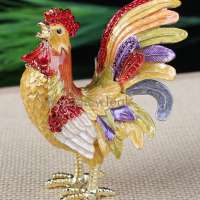
![Jan Zizka [DVD]](https://geniuses.club/public/storage/027/060/131/172/200_200_60ca223dcd270.jpg)
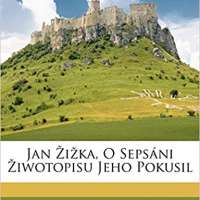












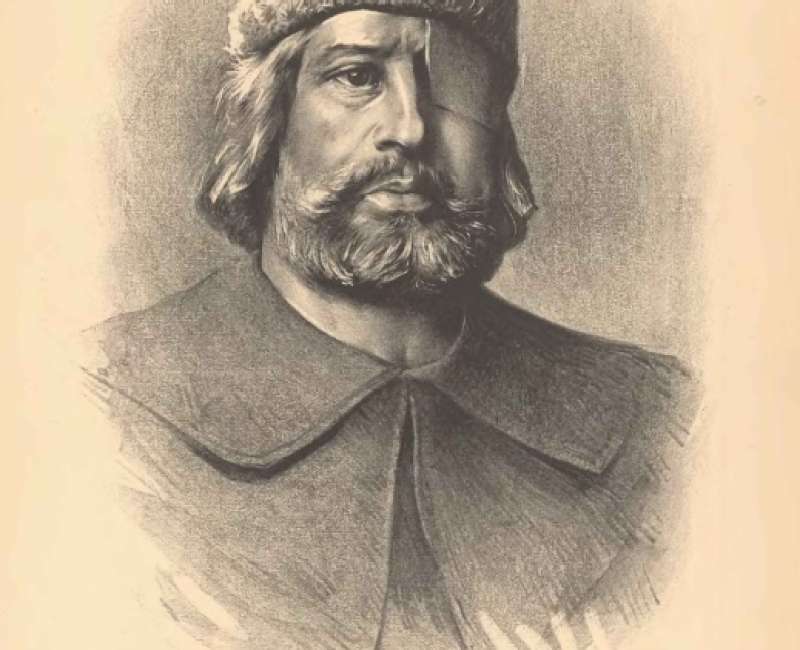


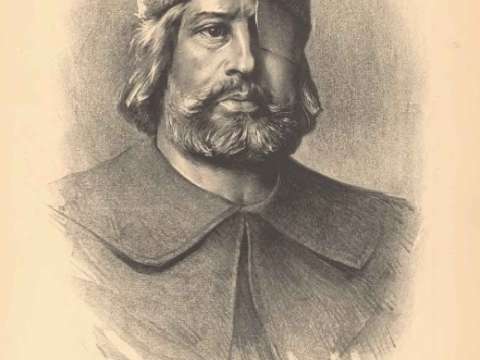
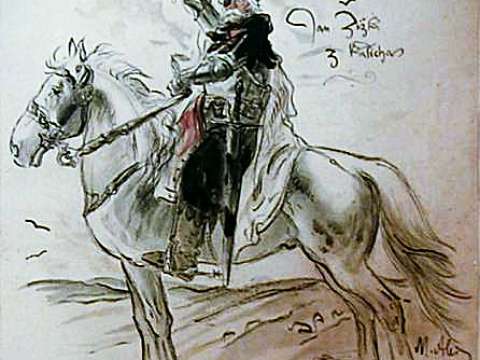
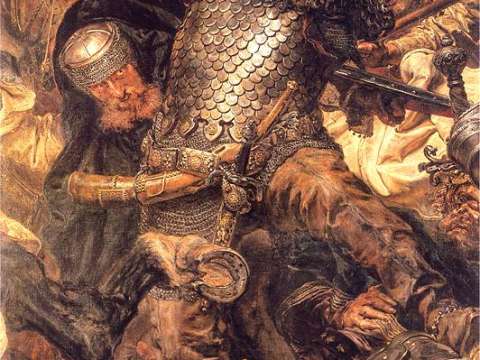
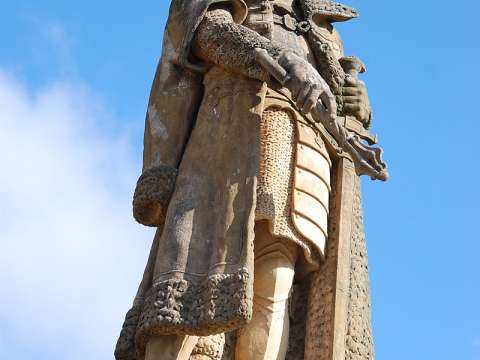


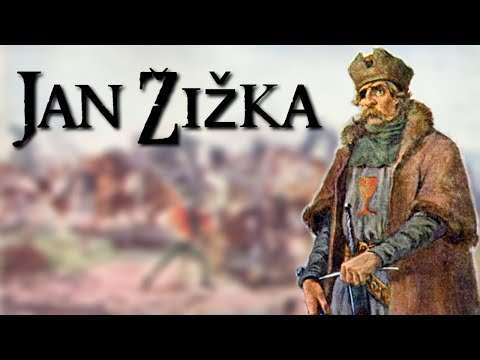

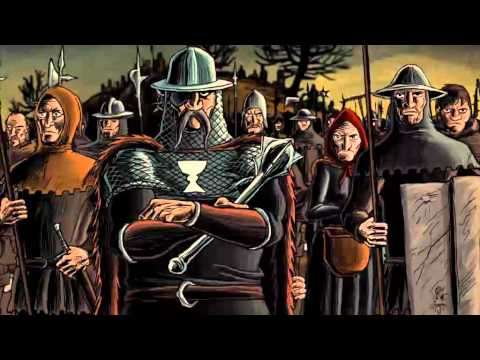
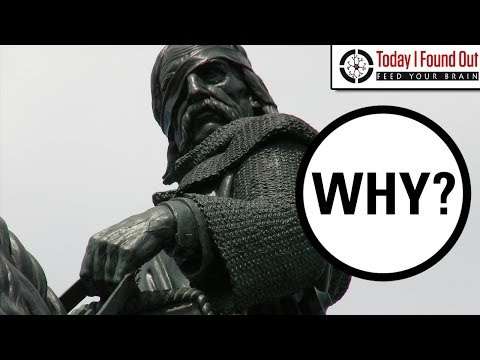
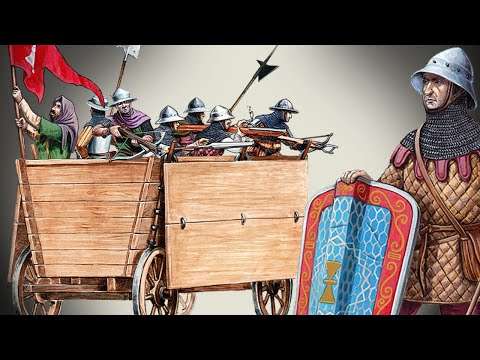
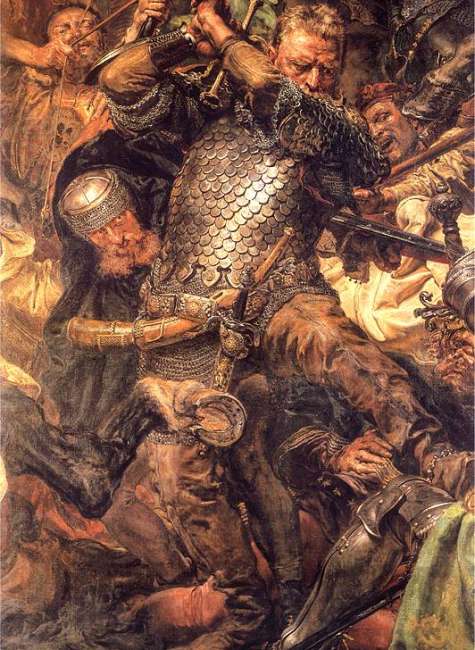
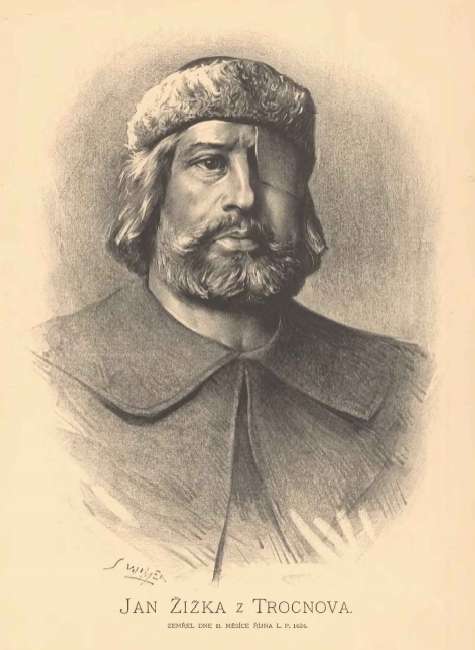


![Jan Zizka [DVD]](https://geniuses.club/public/storage/027/060/131/172/500_500_60ca223dcd270.jpg)

